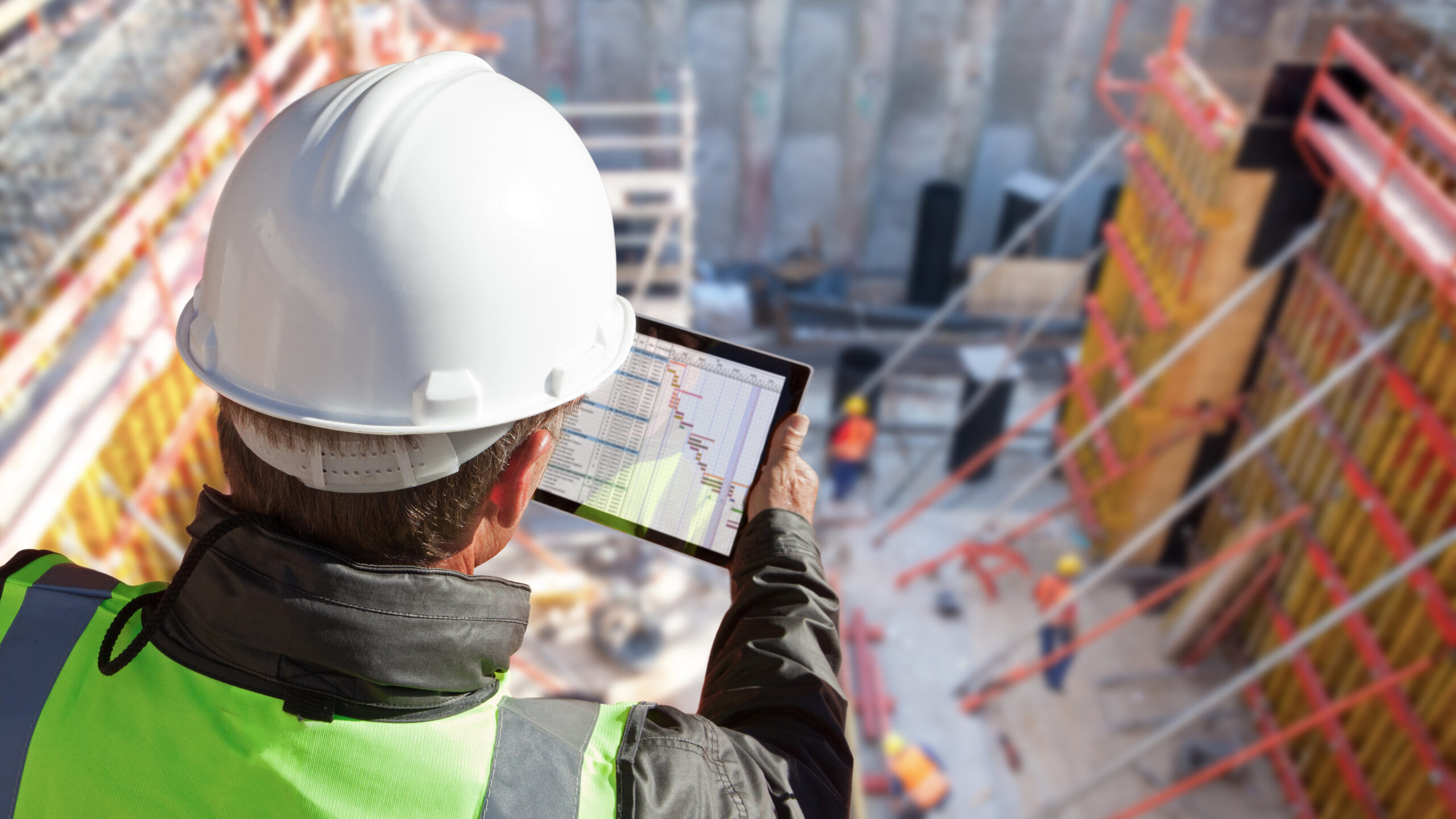The initial step most organizations take to increase the life of their equipment is to move away from reactive, \”break-fix\” approaches to preventive maintenance.
Preventive maintenance may seem counterintuitive to cost reduction as any light bulb could have very well lasted longer than three years, based on manufacture guidelines. However, we are not talking about a light bulb. When it comes to equipment such as that rented or leased by heavy equipment dealers or operated by retailers or restaurant chains, these organizations can’t afford to halt business because of equipment break down. Imagine if a soda machine goes down during rush hour! In fact, according to our research (source: “Operations & Maintenance Best Practices: A Guide to Achieving Operational Efficiency,”) preventive maintenance provides a cost saving of 12% to 18% over reactive maintenance programs.
Preventive Maintenance translates into dollar savings
The main reasons, according to the above mentioned research:
-
By executing preventive maintenance as envisioned by the equipment manufacturer, you extend the life of the equipment closer to design.
-
Routine maintenance such as lubrication, filter change, and so forth will generally run the equipment more efficiently.
-
Preventive maintenance will decrease the number of equipment failures, minimizing failures translates into repair cost savings.
Two common types of Preventive Maintenance include time based maintenance (change your filters after three months) and usage based (change your filters after 500 hours). When companies first move from reactive to preventive maintenance approaches, they often look to time based usage for their preventive maintenance activities. This is a good initial step, however in industries like retail, usage-based maintenance is advantageous as it avoids over-maintenance of assets that are lightly used and accelerates maintenance on assets that are used more intensely. For some of your equipment, Usage based maintenance (UBM) may allow you to proactively maintain your assets based off the actual use of your equipment or time based simultaneously. Usage can be tracked in various ways, such as the use of equipment monitors, the days a piece of equipment has been utilized, or running hours of equipment.



